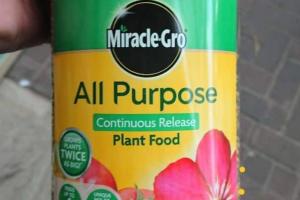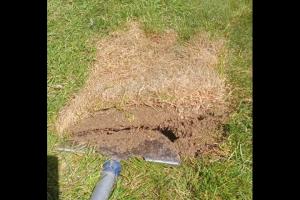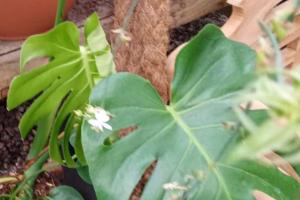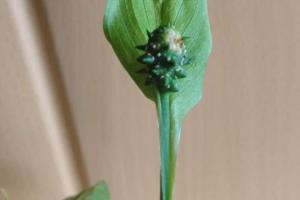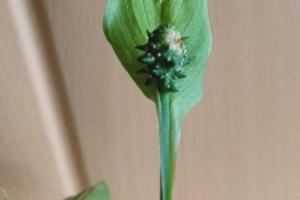How to Grow and Care for Peace Lilies
Peace lilies (Spathiphyllum wallisii) are one of the most popular and easy flowering houseplants to grow.
However they are tropical plants native to South America and there are a few care tips to consider to grow your peace lily successfully.
To care for peace lilies recreate the conditions of its native environment by maintaining a temperature range of 55°F and 85°F (13°C and 26°C), placing the peace lily in bright, indirect light, increase the humidity with regular misting and water when the top inch of potting soil feels dry.
Here is a table summarizing the care requirements of peace lilies:
| Growing Requirements: | How to Care for Peace Lilies: |
| Watering: | Water every 7 days in Summer and every 10 days in Winter. Wait until the top inch of soil is dry before watering again. |
| Humidity: | Increase the humidity by misting the leaves, or by placing the peace lily on a saucer of damp pebbles. |
| Light: | Place in bright, indirect light. Too much sun scorches the leaves whereas not enough light prevents flowering. |
| Temperature: | The optimal temperature range is 55°F and 85°F (13°C and 26°C) with a night time temperature that is 10°F (12°C) cooler then the day. |
| Fertilizer: | Apply a half strength houseplant fertilizer once a month in Spring and Summer. |
| Repotting: | Repot every 2 years to a pot 2 inches larger then the previous pot. |
| Best Pots for Peace Lilies: | Terracotta and clay pots with drainage holes in the base are the best pots as they are porous. |
| Winter Care: | Water once every 10 days and mist the leaves every other day in Winter. Do not use any fertilizer in Winter. |
| Wipe the Leaves: | Wipe the leaves with a damp cloth every few weeks to remove dust and improve photosynthesis. |
How Often to Water a Peace Lily
Allow the top inch of the soil to dry slightly between bouts of watering to achieve the balance of meeting the peace lily’s water requirements without risking problems associated with overwatering such as root rot.
Water peace lilies about once a week in Spring and Summer during active growth and water once every 10 days or so in the Fall and Winter. Peace lilies droop if the soil dries out completely but can revive quickly as long as you give the soil a good soak.
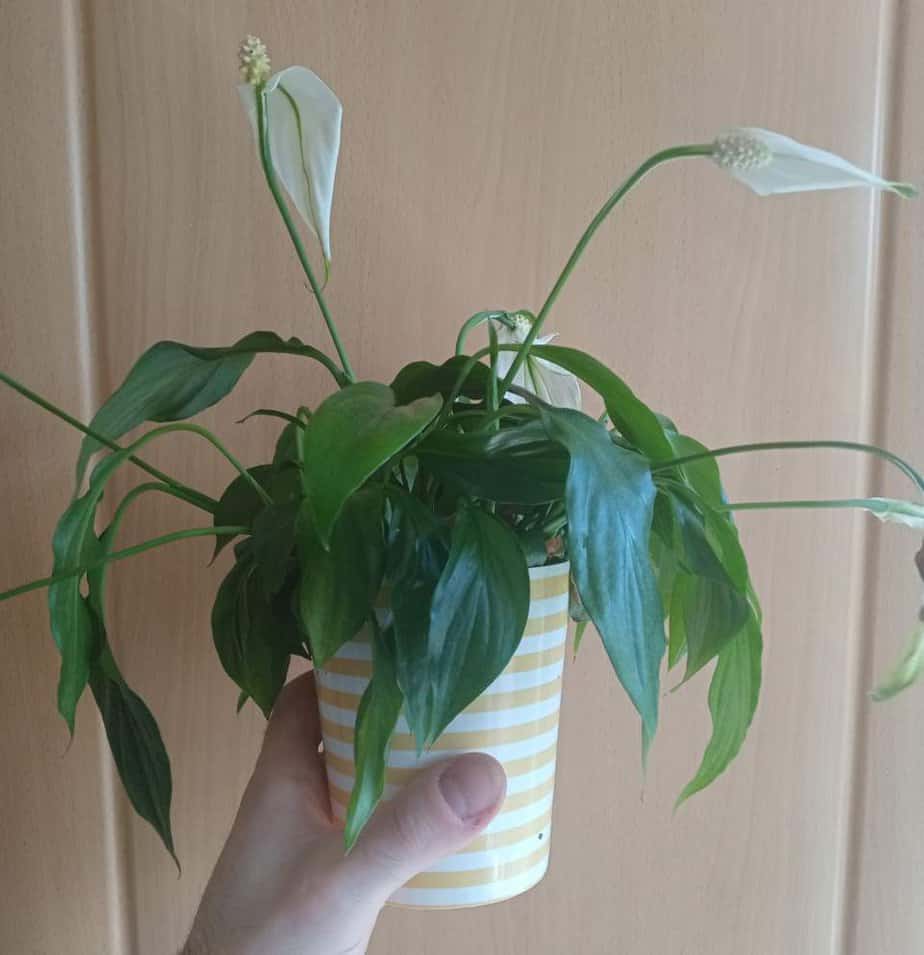
Always water peace lilies generously so that excess water trickles from the base of the pot to ensure that the moisture has infiltrated the potting soil the potting soil so that it is evenly moist and reaches the roots where it is required.
I personally use my finger to test the soil to see if I can detect moisture before watering to ensure I have the right balance of watering and drainage.
If the potting soil still feels damp then I recommend waiting another day or so before watering. If the first inch of soil has just started to dry, this is the perfect time for watering.
It is much easier to revive an under watered peace lily then an over watered one, so if in doubt delay watering another day. (Read my article if your peace lily leaves are turning yellow and drooping which is a symptom of overwatering).
Water Peace Lilies with Rainwater, Bottled Water or Distilled Water
If the ends of your peace lily leaves are turning brown then despite high humidity then the cause may be hard tap water or tap water with high levels of chlorine and flouride.
The peace lily is very sensitive to hard water so if you live in a hard water area then ideally use rain water.
However if your not in a hard water area then tap water is usually okay. I personally water my peace lilies with tap water (in a softer water area) and they thrive.
There are a range of conditions that cause peace lily leaf tips to turn brown. Read my guide on how to fix peace lilies with brown leaf tips.
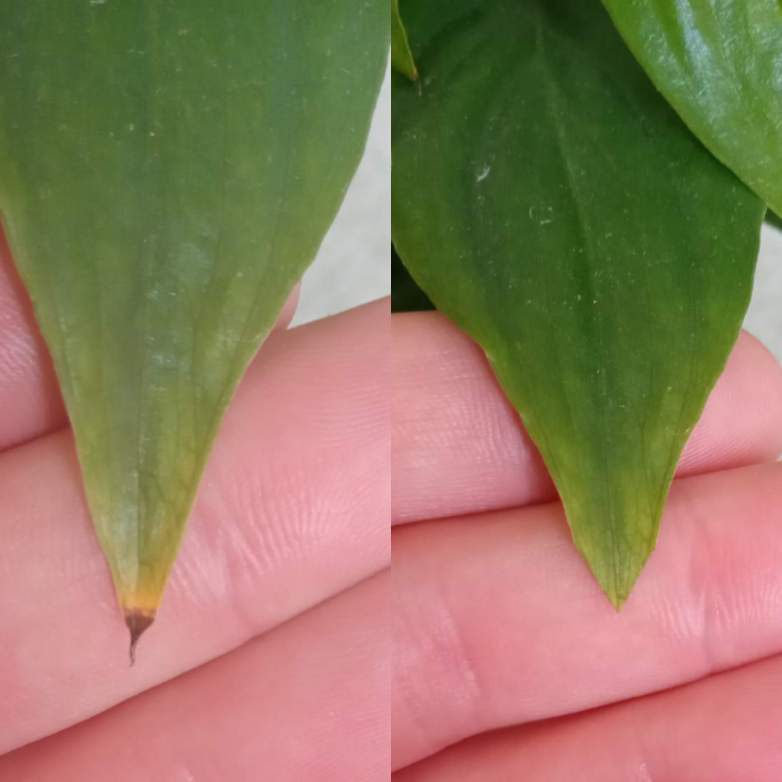
Mist the Leaves to Increase Humidity
Peace lilies are tropical plants that are native to Venezuela and Colombia and therefore accustomed to higher levels of humidity typically found in most homes.
In order for your peace lily to thrive it is important to mist the peace lilies leaves regularly the recreate the humid conditions of its native environment.
If the humidity is too low, the peace lily’s leaves lose too much moisture and droop, eventually turning brown.
Specifically how often you have to mist the leaves depends on how dry or humid your climate is and the time of year.
Generally speaking, in arid climates such as Southern California I recommend misting the leaves every other day, whereas in more naturally humid climates, misting once or twice per week is generally sufficient.
If you find it too time consuming or inconvenient to mist leaves regularly then you can fill a saucer underneath the pot with water and prop the peace lilies pot on pebbles in the tray and the constant evaporation maintains a favourable level of humidity.
Just make sure the pot is not in the water, so that excess water can escape properly through the drainage holes.
You can also use a special plant humidifier (available online or in garden centers) which are particularly useful if you have a lot of tropical houseplants in the same area.
Where is The Best Place to Put a Peace Lily?
Locate your peace lily in a room with bright, indirect light. Keep peace lilies out of any direct air currents from air conditioning, or indoor heating to avoid temperature fluctuations. Bathrooms are ideal for peace lilies due to the high humidity.
Direct sunlight scorches the leaves yellow and brown so do not put the peace lily on a window sill with too much sun.
I personally place my peace lilies on my bathroom window sill which has frosted glass to allow lots of bright light in, whilst protecting the peace lily from harsh sunlight.
Locate the peace lily on the other side of the room from any direct sources of heat such as radiators or fire places.
Temperature Range
The optimal temperature range for peace lilies is between 55°F and 85°F (13°C and 26°C). Peace lilies prefer a 10°F (12°C) decrease in temperature during the night compared to the day temperature.
The 10°F nightly decrease in temperature cycle replicates the temperature cycle in its native environment and is thought to help promote flowering.
Peace lilies can survive outside of the ideal temperature range but the stress may prevent flowering, cause poor growth and can even cause the plant to die back, particularly if it gets too cold.
How Often to Repot a Peace Lily?
Repot your peace lily every one to two years to keep it healthy and promote flowering. Repot your peace lily in the Spring whilst the plant is in active growth as this is when the peace lily is most resilient to the stress of repotting.
Whilst you can repot the peace lily at other times of year I have personally found that repotting in the Summer or Fall can cause too much stress and prevent flowering.
Always repot your peace lily to a pot that is only 1 or 2 inches larger in diameter then the previous pot to avoid over potting.
If the new pot is significantly larger then the old pot then the potting soil dries out much more slowly them the peace lily is accustomed to which can cause root rot and other fungal diseases.
Best Pots for Peace Lilies
The best pots for peace lilies are terracotta or clay pots that are 2 or 3 inches wider then the width of the peace lily, with drainage holes in the base.
Clay pots that are proportionate to the size of the peace lily are porous which allows the potting soil to dry more evenly between each watering.
Peace lilies can also grow in plastic and ceramic pots as long as they have drainage holes in their base, however these materials are impermeable which does slightly increase the risk of problems associated with overwatering but as long as you wait for the top inch of the soil to dry between each bout of watering then the peace lily can still thrive.
What Kind of Soil do Peace Lilies Need?
Peace lilies need a well draining soil mix of around 70-80% regular potting soil with the rest perlite or grit to create the optimal soil structure to allow for root respiration yet retain enough moisture to meet the peace lilies requirements.
Peace lilies grow naturally in well draining soil and their rots do not tolerate being stay in persistently damp compost.
In my experience, perlite is the best soil amendment for peace lilies as it has a large particle size which create a porous soil structure, yet it also absorbs and hold some water so that the peace lily’s root can access the moisture when they need it.
I find that pine bark based orchid potting mix is a good alternative to perlite as it also has the same properties of holding some moisture whilst creating the aerated structure that the peace lilies need.
If you rot pot peace lily with just potting soil then its can be too dense for the peace lilies roots and prevent root respiration or cause root rot.
Best Fertilizer for Peace Lilies
Apply a general liquid houseplant fertilizer once a month during Spring and Summer at half strength to support its growth and promote flowering. Do not apply an fertilizer during Fall and Winter.
The reason why I recommend applying fertilizer at half strength is because too much fertilizer promotes foliage growth at the expense of flowers.
However not enough nutrients also impacts flowering, hence the importance of only applying fertilizer at half strength.
If you are repotting your peace lily every 2 years then the nutrients in the soil combined with the added fertilizer provides all the nutrients that the peace lily needs to support growth and promote flowering.
(Read my article, Why is my Peace Lily Not Flowering).
How to Care for a Peace Lily in Winter
Do not apply any fertilizer in the Winter and reduce the frequency of watering whilst the peace lily is not in active growth. Only water every 10 days or so, ensuring that the top inch of the potting soil has dried before watering again.
Ideally peace lilies need a temperature range of between 55°F and 85°F (13°C and 26°C), so move your peace lily from any cold window sills and ensure that the leaves of the peace lily are not in contact with glass as the glass can be much cooler then the ambient temperature of the room.
Keep in mind that houses in Winter can be cooler during the day and and hotter at night due to indoor heating which in contrary to the peace lily’s natural temperature cycle, so always locate peace lilies on the other side of the room from the source of heat.
Cold air naturally carries less moisture, and indoor heating from fireplaces and also sap the air of moisture creating dry conditioning which can cause the peace lily to droop. Therefore it is important to mist the peace lily’s leaves more regularly in Winter by spritzing them with water every other day.
Wipe the Peace Lily’s Leaves with Damp Cloth
Every so often I wipe the peace lilies with with a damp cloth in order to remove dust and maintain the leaves glossy appearance.
Peace lily leaf surface tends to cause dust to stick, similar to fiddle leaf fig and other large leafed tropical house plants.
Wiping the leaves clean and removing the dust ensures that the peace lily’s leaves can photosynthesize effectively which helps support healthy growth and give the plant more resources for flowering.
This is especially important during Summer as the more bright light the more energy the peace lily has for flowering.



